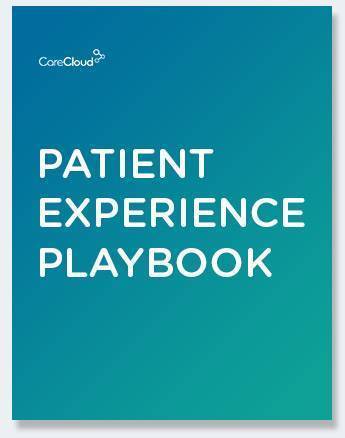To assure safety and reduce unfavorable consequences, risk assessment is a methodical procedure that involves detecting, assessing, and evaluating possible risks. In the field of medicine, it focuses on evaluating the health risks to patients according to their medical history, way of life, and present state of health. In the healthcare industry, risk adjustment is a vital technique for projecting future patient care expenses depending on the patients’ health. In order to evaluate the possible financial risk of providing insurance to those with anticipated high healthcare requirements, health insurance companies employ risk adjustment. Insurance providers can provide coverage for members with different medical expenses because to this modified “risk.”
Risk Adjustment: What Does It Mean for You?
Since medical practices are closely linked to health insurance providers, and patient plan, risk adjustment is necessary. By employing precise diagnostic codes to manage patients’ medical problems, insurers may be compensated for their efforts, whereas the traditional fee-for-service payment system bases reimbursements only on services rendered. This is where risk adjustment comes in. This strategy promotes financial stability within medical practices by guaranteeing that healthcare practitioners get appropriate reimbursement for treating patients with complicated health issues.
Furthermore, risk adjustment has several benefits for medical professionals, such as improved patient involvement and the ability to design customized treatment regimens. Providers may increase patient satisfaction, enhance health outcomes, and deliver more tailored care by using extensive data on patients’ demographics and health.
By guaranteeing that patients with higher healthcare requirements receive the assistance they require, risk adjustment also contributes to a more equal allocation of healthcare resources. Risk adjustment promotes healthier patient-provider interactions and enhances patients’ overall wellbeing.
Risk Assessment- Why is it important?
In a healthcare risk assessment, possible health risks are methodically identified and assessed in patients based on their medical background, way of life, and state of health at the time of the evaluation. Understanding and reducing any risks to the health of the patient is made easier by this procedure. This procedure is essential for early identification and prevention since it helps medical personnel identify people who pose the greatest risk and take appropriate action. These goals demonstrate how the medical staff may better construct effective solutions through the process of risk assessment, improving both the quality of healthcare delivery and the most efficient use of resources.
Key Differences Between Risk Assessment and Risk Adjustment in Healthcare
While risk assessment and risk adjustment are essential elements of healthcare risk management, they serve distinct purposes in recognizing and managing the potential health risks to patients and healthcare professionals.
-
Purpose
Risk Assessment: Emphasises the assessment of risk factors that may affect the health of a particular patient given his or her lifestyle, past medical history and the existing ailment(s).
Risk Adjustment: Centred on modifying the payments of health costs and tariffs for insurance so that proper remunerations are made based on the difficulty of handling patients.
-
Focus
Risk Assessment: It aims at identifying the possibility of developing any health complications likely to affect individual patients.
Risk Adjustment: Ensures that insurance companies and other health service providers get adequate returns on their investment when dealing with high-risk patients.
-
Process
Risk Assessment: Formal modalities of evaluating a patient’s likelihood of developing specific health conditions (i.e. diabetes, heart disease) for instance screening tests, interviews, and other diagnostic tests.
Risk Adjustment: Reduces cost through the employment of financial models that estimates the future healthcare costs and insurance remunerations through a risk score derived from the patients’ diagnosis and other related complications.
-
Outcome
Risk Assessment: In this respect, provides information or possible risks and problems of a human health by the medical professionals prior to the risks develop.
Risk Adjustment: Equalizes the financial position through ensuring that the medical practitioners who attend to patients that are considered risky and expensive to treat gets adequate reimbursement, thus closing any gaps that might be there in the healthcare system.
-
Application
Risk Assessment: In contexts that involve clinical practice to help with decision making and to prevent the outbreak as well as the spread of diseases.
Risk Adjustment: Used in the administrative as well as the financial realm to contain healthcare expenses and maintain financial viability in the delivery of healthcare.
Conclusion
It is important that patients and medical professionals understand the differences between risk adjustment and risk assessment in the healthcare industry. Following thorough reporting practices and embracing risk adjudgment strategies contribute to the patient’s well-being. Supporting risk adjustment promotes fair compensation for healthcare services and ensures equal access to quality care for individuals with varying health needs.

Download the Patient Experience Playbook



